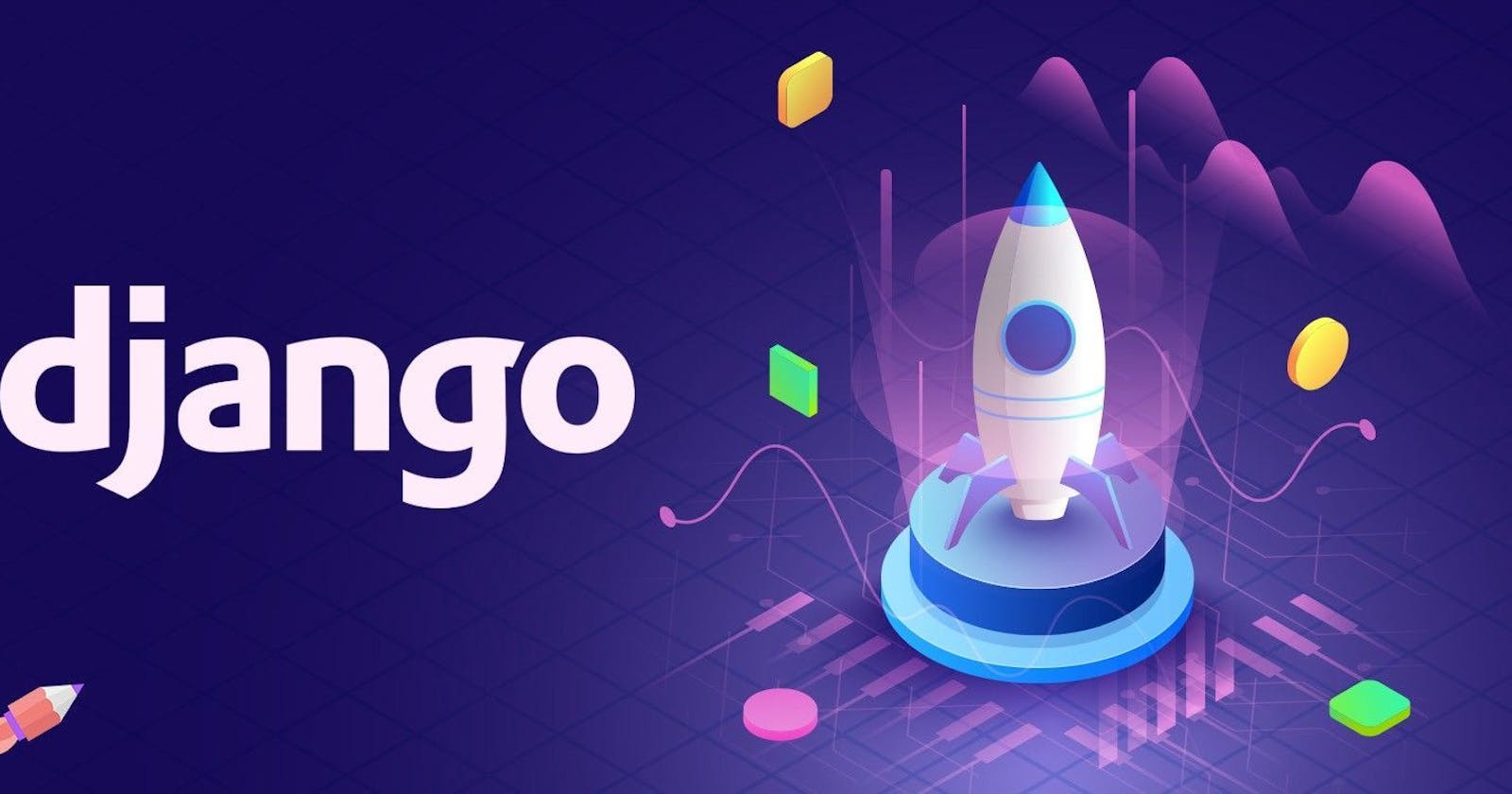Table of contents
No headings in the article.
Creating a Django application that performs well can be difficult, especially when handling big amounts of data and high traffic. In this post, we'll look at several key methods and best practices for enhancing the functionality of your Django app. These techniques can assist you in developing a high-performing web application that can manage a significant amount of traffic without sacrificing speed or responsiveness, whether you are building a new Django project or wanting to optimize an existing one.
Here are 5 tips to boost the performance of your Django application:
Caching is an effective way to reduce the number of database queries and improve application performance. Django offers built-in caching support, which allows caching of views, database queries, and template fragments. Some popular caching backends for Django include Memcached and Redis.
A Content Delivery Network (CDN) is a network of servers that cache and deliver content from your web application to users globally. Using a CDN can significantly reduce page load times and improve application performance.
Optimizing static files like CSS, JavaScript, and images is crucial in improving application performance. Minifying CSS and JavaScript files, using a CDN to cache static files, and using the Django-compressor library to combine and minify static files automatically are some tips to optimize static files.
Some popular CDNs include Cloudflare, Amazon CloudFront, and Akamai
Using a production-ready web server like Apache or Nginx is vital for production environments. Unlike Django's built-in web server, these web servers can handle a high volume of requests and provide additional features like load balancing and SSL termination.
Asynchronous processing is a technique that allows the application to handle multiple requests concurrently, improving performance and reducing response times. Django provides tools for asynchronous processing, such as Celery and Django Channels.
One of the most significant bottlenecks in Django applications is inefficient database queries. To optimize database queries, developers can use the select_related() and prefetch_related() methods to reduce the number of database queries. Additionally, using the defer() and only() methods to retrieve only necessary fields from the database can optimize queries. Using profiling tools like Django Debug Toolbar can also help identify slow queries that need optimization.
In conclusion, creating a high-performing Django project can be challenging, but it is undoubtedly possible with the correct methodology and resources. You can enhance your Django app's performance, shorten response times, and make sure it can handle high volumes of traffic and user activity by using the tips and best practices provided in this article. Remember to give priority to elements like caching, database optimization, and code efficiency. You should also continuously test and analyze the performance of your app to find any potential improvement areas.
